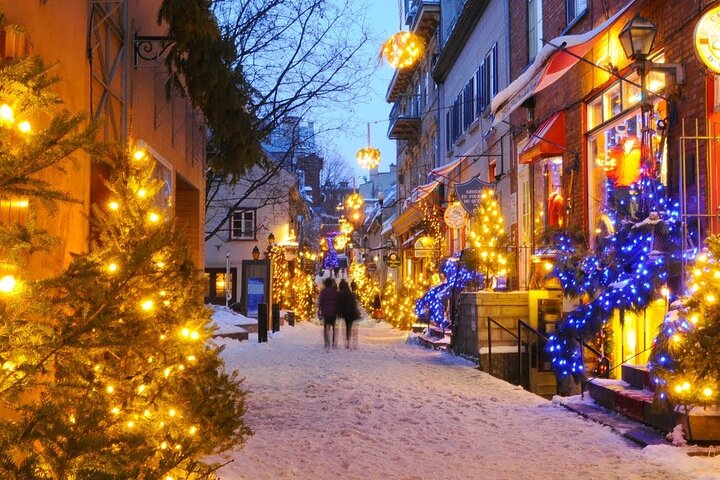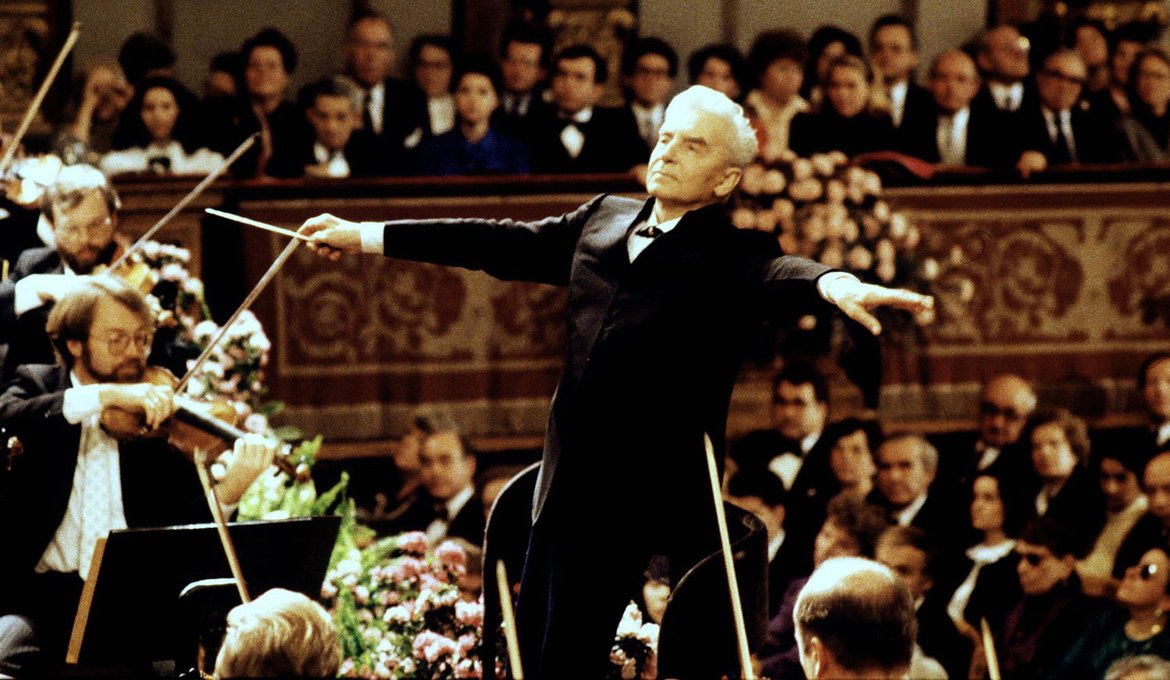Genealogies of Art or the History of Art as Visual Art
From May 26, 2020, Museo Picasso Málaga will be reopening its doors every day and with the same opening hours (10.00am – 7.00pm, with the ticket office closing at 6.30pm). Visitors will be able to see the exhibition Genealogies of Art or the History of Art as Visual Art, free of charge. This show brings together over 100 works by Pablo Picasso, Constantin Brancusi, Paul Cézanne, Robert Delaunay, Max Ernst, Alberto Giacometti, Juan Gris, Wassily Kandinsky, Fernand Léger, El Lissitzky, Kazimir Malevich, Franz Marc, Henri Matisse, Piet Mondrian, Georges Braque, Paul Klee and Henry Moore, amongst other major artists. As this magnificent exhibition finally closes on May 31, the management of Museo Picasso Málaga have decided that admission should be free of charge to all visitors.

The museum recommends visitors buy their tickets in advance online, via the museum website www.museopicassomalaga.org. Also, visitor guidelines include keeping 2 metres away from other people, using the provided hand sanitizer, and wearing protective face masks.
From June 1, there will be a new museum layout for the permanent collection, with Dialogues with Picasso. Collection 2020-2023 bringing together 120 works by Picasso. By periodically refreshing and reviewing its permanent collection, Museo Picasso Málaga is in a way following in the footsteps of Picasso himself, who constantly innovated with his art throughout his life. Shown together, the MPM collection and the works on loan from Fundación Almine y Bernard Ruiz-Picasso para el Arte (FABA) complement one another, in a close artistic dialogue. This new exhibition narrative in the Palacio de Buenavista will enable visitors to gain an even deeper knowledge of Pablo Picasso’s artistic career.
Throughout the weeks of lockdown, Museo Picasso Málaga has been very busy online. In order not to interrupt the informative and educational work that is the museum’s hallmark, new artistic content has been provided for people of all ages and backgrounds. The #PicassoEnCasa program offers a wide range of activities from workbooks for children so they can explore their creative side at home while learning about art, to a look back at the exhibitions, talks, concerts and recitals that have made up the recent history of the museum.
The show has been divided into three sections. The first, Visual Histories (1681-1934) and the last, Contemporary Diagrams (1936-2019) feature visual representations created by artists, designers, illustrators, historians, essayists, poets and writers, art critics and theorists. It ranges from 17th-century genealogical trees, through maps, plans and charts, to modern abstract and conceptual representations, contemporary synoptic charts and even digital presentations. This overview also covers avant-garde movements such as futurism, surrealism and Dadaism, all highly prolific in creating genealogies with which to provide themselves with a pedigree.
The middle section, titled The 1936 Cubism and Abstract Art Exhibition, serves as a practical case study. It presents us with a visual experiment consisting of the materialization of one the representations, thanks to a careful selection of artworks. The diagram chosen is the one in which Alfred H. Barr, Jr. explained the origins of abstract art. He created it during the preparation of the 1936 exhibition at MoMA that was to mark a turning point in the way art is exhibited, collected, promoted, studied, purchased and sold: Cubism and Abstract Art. The diagram made the genealogy of abstract art from 1890 to 1935 visible by means of what Barr described as “an exercise in recent archaeology” and it was eventually published as the dust jacket of the exhibition catalogue.
The diagram has now been transformed into three dimensions at Museo Picasso Málaga, and the diagram’s references to art movements and artists have been replaced with works by artists who are essential to understanding the evolution of 20th and 21st century art: Pablo Picasso, Constantin Brancusi, Paul Cézanne, Robert Delaunay, Max Ernst, Alberto Giacometti, Juan Gris, Wassily Kandinsky, Fernand Léger, El Lissitzky, Kazimir Malevich, Franz Marc, Henri Matisse, Piet Mondrian, Georges Braque, Paul Klee and Henry Moore, amongst many others.
Hotels nearby:

